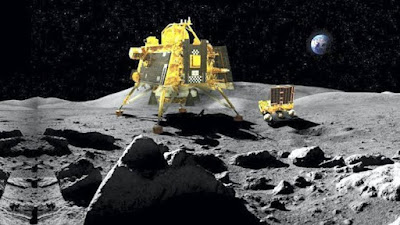What is meteor shower and where can i see it today
Witness the Magical Spectacle: The Perseid Meteor Shower of August 12th, 2023
Imagine standing under a starry night sky, gazing up as streaks of light flash across the darkness. This breathtaking phenomenon is known as a meteor shower. One of the most anticipated meteor showers, the Perseids, is set to grace the skies on August 12th, 2023. In this blog, we will dive into the captivating world of meteor showers, exploring what they are, why they occur, and how and where you can witness the enchanting display of the Perseids in 2023.
What is a Meteor Shower?
A meteor shower is a celestial event that occurs when the Earth's orbit intersects with the debris left behind by comets or asteroids. As our planet passes through these trails, the particles burn up upon entering the Earth's atmosphere, creating beautiful streaks of light known as meteors.
The Perseid Meteor Shower:
The Perseids is considered one of the most popular and reliable meteor showers, captivating skywatchers year after year. Named after the constellation Perseus, from which they appear to radiate, the Perseids are associated with the debris left by the Swift-Tuttle comet.
When and Where to Watch the Perseid Meteor Shower on August 12th, 2023:
Date: August 12th, 2023
Peak Viewing Time: Late evening until pre-dawn hours (local time)
1. Find a Dark Location:
To maximize your viewing experience, seek out a dark location away from city lights. Light pollution can hinder the visibility of meteors, so opt for a spot with minimal artificial lighting.
2. Check the Weather:
Verify the weather forecasts for your chosen viewing location. Clear skies are crucial for optimal meteor shower viewing, so choose a night with minimal cloud cover.
3. Radiant Point:
The radiant point of the Perseid Meteor Shower is the point in the sky from which the meteors seem to emanate. In the case of the Perseids, this radiant point lies in the constellation Perseus, which can be found in the northeastern sky in August.
4. Patience and Perseverance:
Meteor showers can be unpredictable, and while the Perseids are known to be an active shower, patience is key. It may take some time for your eyes to adjust to the darkness, so give yourself at least 20 minutes of uninterrupted stargazing.
Remember, the Perseid Meteor Shower will be visible across various parts of the world, so consult local astronomical resources or apps to determine the exact timings and directions for your location.
Other Considerations for Meteor Shower Viewing:
1. Equipment:
Unlike other celestial events like solar or lunar eclipses, meteor showers can be enjoyed with the naked eye. No special equipment is required, making them accessible to everyone.
2. Capture the Moment:
If you're interested in capturing stunning photographs of the meteor shower, consider using a DSLR camera with a tripod. Learn techniques for long-exposure sky photography, and experiment with different exposure times to capture the beauty of the meteors.
Conclusion:
Witnessing a meteor shower such as the Perseids can be a truly magical experience, evoking a sense of awe and wonder at the vastness of the universe. As August 12th, 2023 approaches, mark your calendars, plan your viewing location, and prepare for an unforgettable night of celestial splendor. Remember, meteor showers are not just about the spectacle but also serve as a reminder of the infinite wonders that await us beyond our earthly confines. So, embrace the mystery of the cosmos, and may the Perseid Meteor Shower of 2023 leave you with cherished memories that will last a lifetime.




Comments
Post a Comment